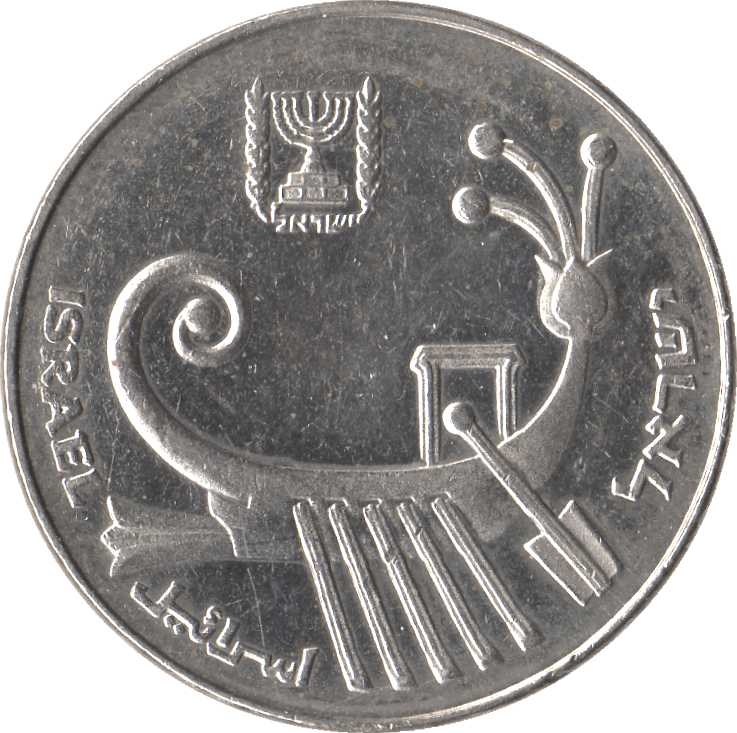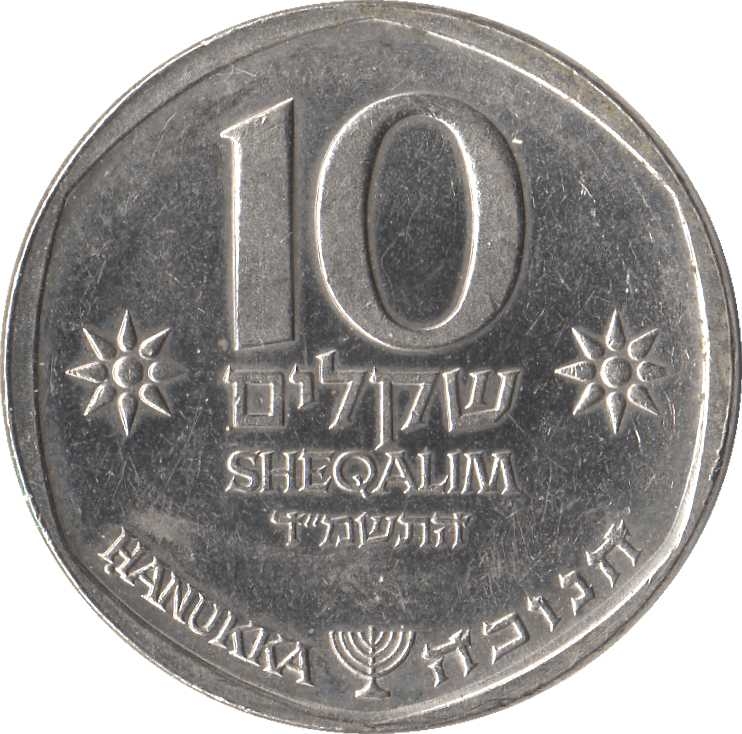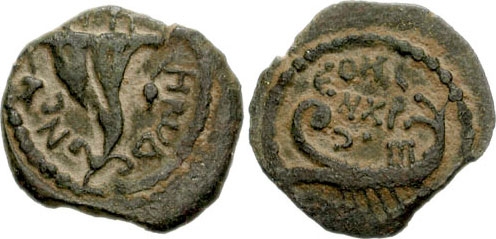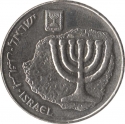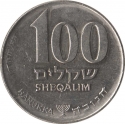You are about to finish your registration. Please check your mailbox (including spam folder). There should be a letter with a confirmation link. Check setting to make sure that your e-mail address is correct.
Send letter againDescription
Hanukkah is a Jewish holiday commemorating the rededication of the Holy Temple (the Second Temple) in Jerusalem at the time of the Maccabean Revolt against the Seleucid Empire. Hanukkah is observed for eight nights and days, starting on the 25th day of Kislev according to the Hebrew calendar, which may occur at any time from late November to late December in the Gregorian calendar. It is also known as the Festival of Lights and the Feast of Dedication.
The festival is observed by the kindling of the lights of a unique candelabrum, the nine-branched menorah (also called a Hanukiah), one additional light on each night of the holiday, progressing to eight on the final night. The typical menorah consists of eight branches with an additional visually distinct branch. The extra light, with which the others are lit, is called a shamash ("attendant") and is given a distinct location, usually above or below the rest. Other Hanukkah festivities include playing dreidel and eating oil-based foods such as doughnuts and latkes.
Engraver: G. Neumann
Obverse

|
War galley resembling the image on a coin issued by Herod Archelaus. The emblem of the State of Israel and the name of country in English, Hebrew and Arabic. ישראל |
|---|---|
Reverse

|
The denomination in Hebrew and English; the date in Hebrew flanked by stars. Small Hanukkah menorah below the denomination and date. 10 |
| Edge |
10 Sheqalim
KM# 134
Characteristics
| Type | Commemorative Issue (Circulating) |
| Material | Cupronickel |
| Weight | 8 g |
| Diameter | 26 mm |
| Thickness | - |
| Shape |
|
| Alignment | Medal |
| Mint |
Jerusalem Mint
|
